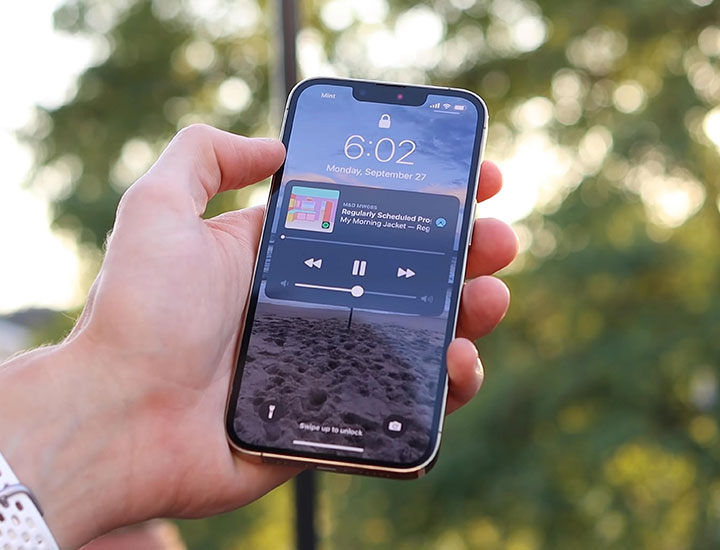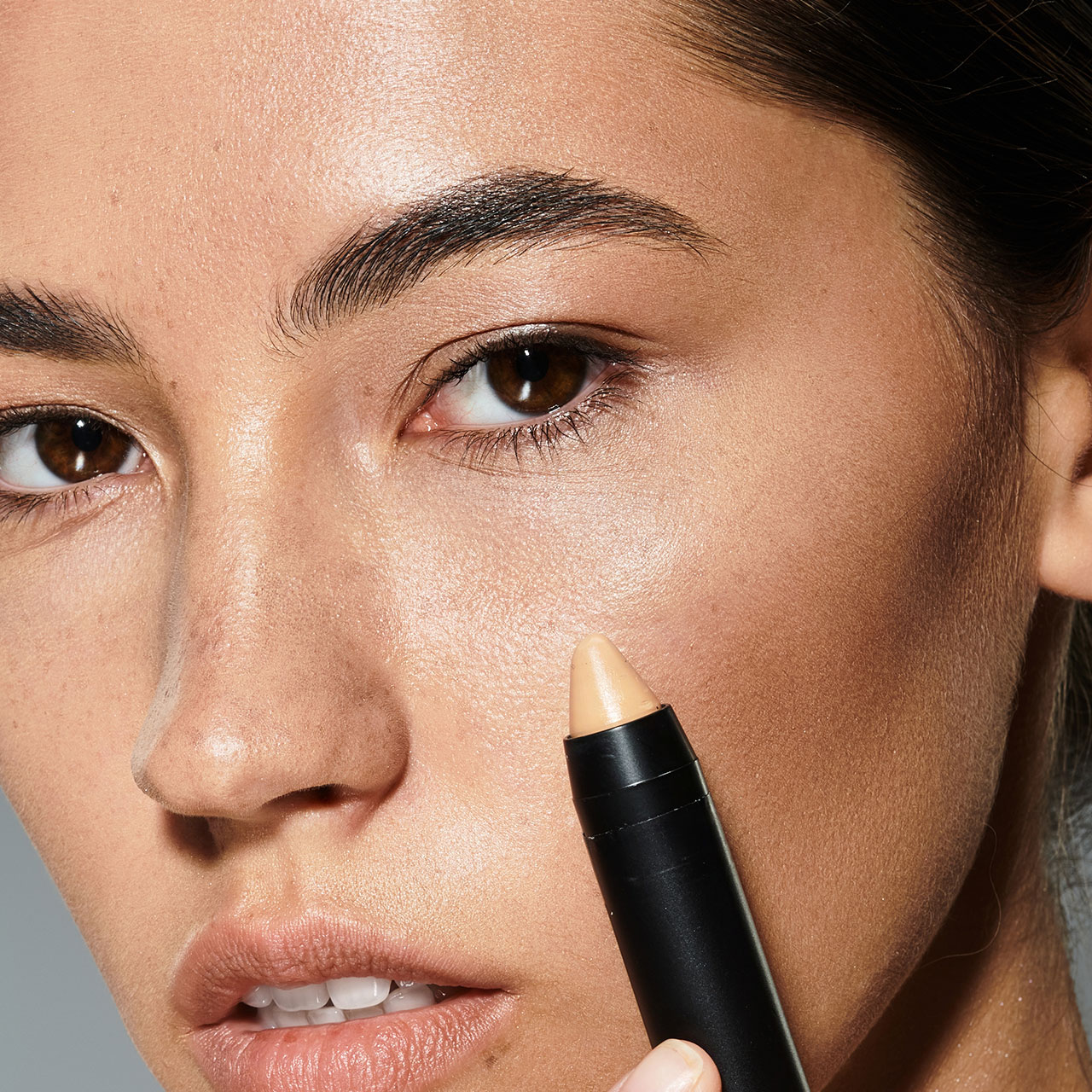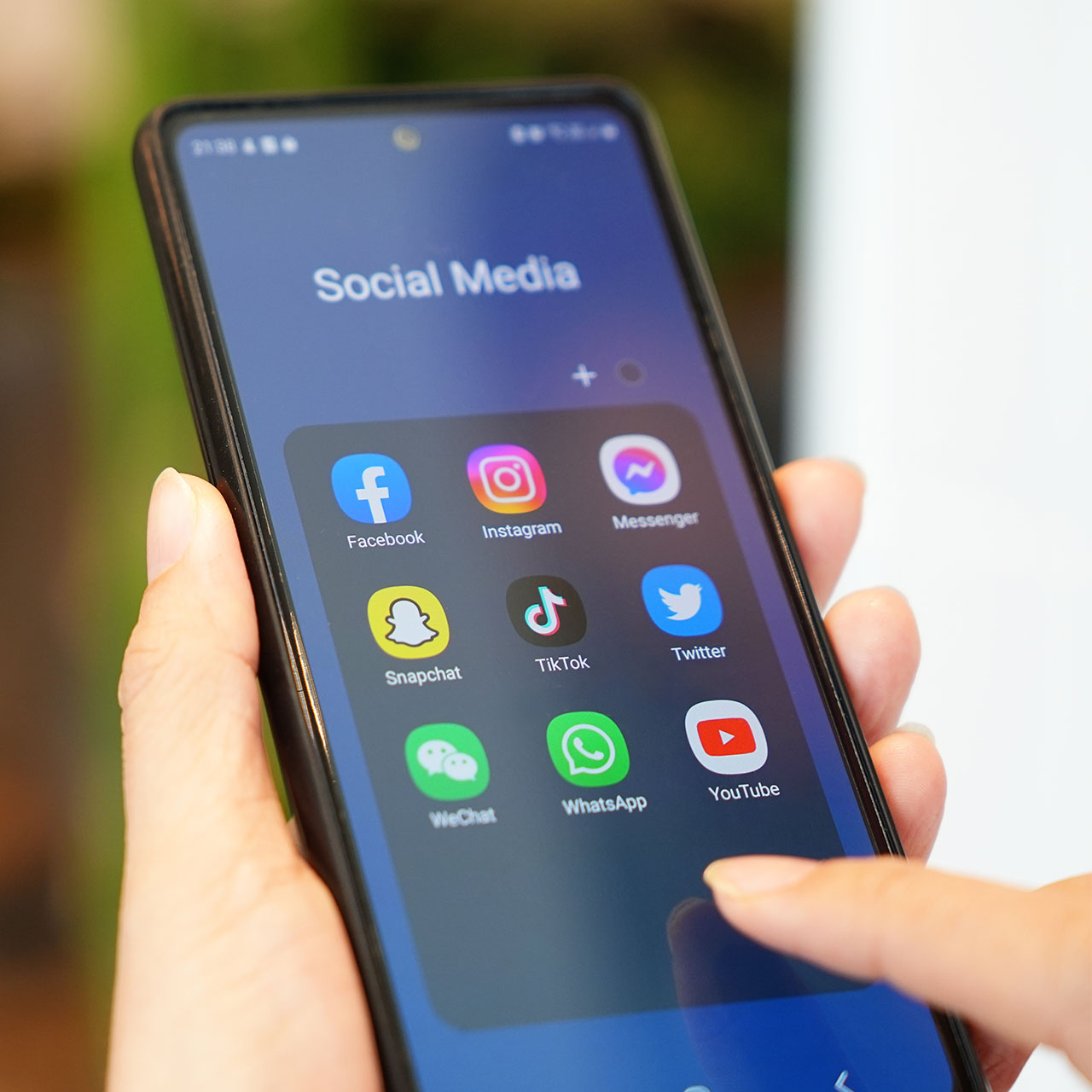Charging your iPhone may be one of those habits you do without thinking much about it. It seems simplistic enough, and some of us may even rely on our charging docks as convenient places to store our phones whenever we aren’t using them. But according to Global IT Leader Nizel Adams, CEO/Principal Engineer at Nizel Corporation, these are plenty of charging mistakes we’re unknowingly making that are draining our iPhone batteries. And one of the biggest mistakes is an error that can seem like it’s actually a smart move. More isn’t always better, even when it comes to charging your device. Avoid making this big iPhone mistake — and a few others — to keep your battery’s health at its best.
Stop Frequently Charging Your Phone
Think of charging your phone the way you might washing your face. Cleansing and moisturizing twice daily can rid your skin of oils and maintain a healthy balance, but if you were to wash your face 10 times a day, you’d be inviting dryness and irritation. Charging your phone just enough is exactly what’s needed to keep your battery working well, but there is a such thing as overcharging your device.
“The main charging mistake people make is leaving their phone on the charger after it is fully charged and/or frequently charging their phone,” Adams says. “In order for a battery to charge, a chemical reaction takes place and the resulting energy from that reaction leaves in the form of heat. This means every time you charge your phone…your battery’s maximum capacity degrades a small bit.”
Experts recommend charging your phone so that it stays within the 30 to 80 percent charging range. You don’t want to wait until it has dipped down to 0 percent to rush and charge it, but you also needn’t charge it to 100 percent each and every time.


Don’t Use The Wrong Charger
When we talk about “right” and “wrong” chargers, we’re referring to chargers that are Apple-certified and deemed safe for your phone and (usually) cheaper ones that are not a good fit and can damage your device.
“Another common mistake and ultimately the most destructive to your device if not dangerous is using the wrong charger,” Adams says. “Electronic devices are built to handle specific electric current inputs. There are safeguards like capacitors, resistors, etc. in place that help regulate over-voltage when you insert a charger with more output than your device can handle, but those can only take so much and last for so long before they fail.”
Whether it be sending too much power to your phone or too little, either situation can end up frying the phone’s internal components, Adams warns. “In cases of over-voltage then your phone may actually catch fire once critical failure happens and things start to spontaneously combust. “
Using non-standard cables can also cause over-voltage, Adams stresses. “For example, with USB-C special resistors and/or chipsets are needed to prevent the wire from sending too much electrical current to a device,” he says. “With these safeguards in place, a USB-C cable will cause your phone to overheat and potentially catch fire. This was an issue when USB-C first came around and some manufacturers either cut corners like they usually do in a race to be the first to market instead of following standards or simply didn’t know how to properly build a USB-C cable.”
Avoiding these two major charging issues can help you maintain a stronger, longer-lasting battery — which, of course, means a longer-lasting iPhone.


























